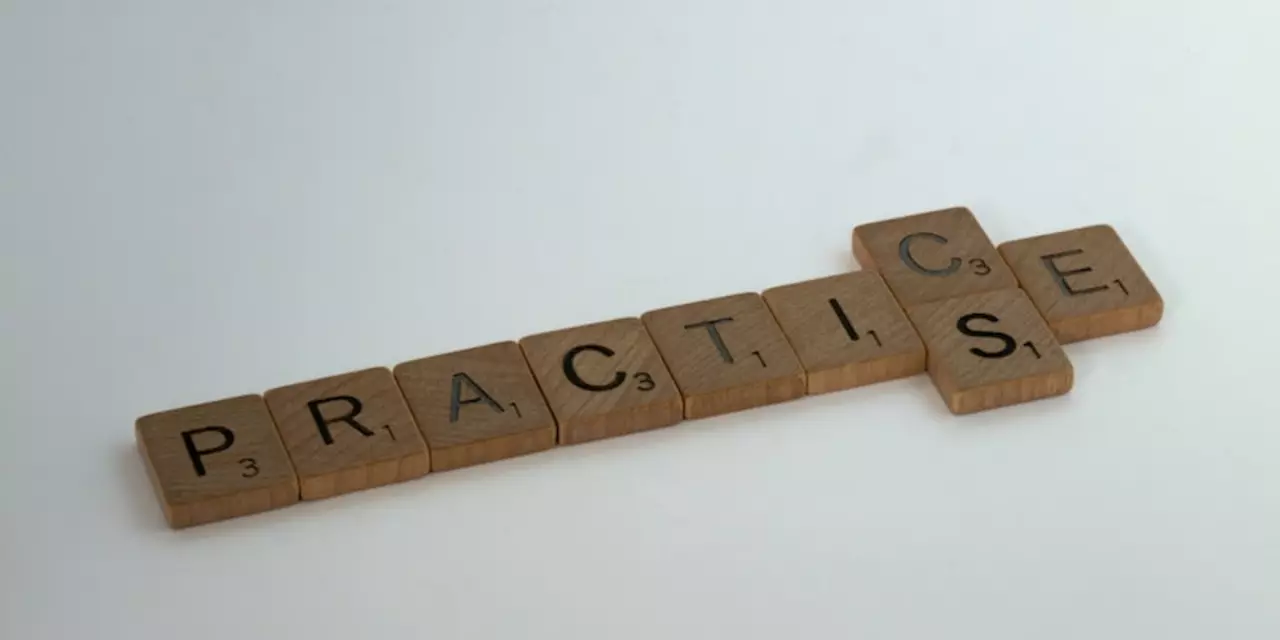Why Practice Makes All the Difference in Motorsports
Ever watched a race and wondered how drivers pull off those insane lap times? The secret isn’t just raw talent – it’s hours of practice on the track. Whether you’re a rookie behind the wheel or a fan trying to get the inside scoop, understanding what practice looks like can change how you see every race.
What Happens During a Practice Session?
Practise isn’t just a warm‑up. Teams use the time to test tyre grip, fine‑tune suspension settings, and let drivers learn every curve. A typical session is broken into short stints, each focusing on a different goal – like finding the fastest line or checking how a new aero piece behaves. When you see a driver push the car hard on a straight, they’re probably feeling out the engine’s power band for the next race.
Simple Ways to Get Better at Track Practice
Want to bring some of that professional feel into your own driving practice? Start with these three habits:
1. Walk the circuit first. Before you even start the engine, walk or bike around the track. Feel the camber of the corners and note where the surface changes. That physical feel helps you hit the apex faster when you’re on the seat.
2. Use data, not just feels. Modern cars come with lap‑time apps that show where you’re losing seconds. Compare sector times after each run and look for patterns – maybe the rear brakes are overheating on the final corner.
3. Practice consistency. Racing isn’t about one perfect lap; it’s about repeatable speed. Aim for a series of laps within a second of each other before trying to shave off more time.
These steps mirror what you see on professional practice days, where engineers and drivers collaborate on tiny adjustments that add up to big gains.
Take the example of a recent unrestricted auto‑race concept discussed on our blog. The wild idea of mixing cars, trucks, and bikes would demand crazy practice sessions to keep everyone safe. Even in that crazy scenario, drivers would need to rehearse lane changes and braking points endlessly.
Another post highlighted why BMW left Formula 1. Part of their decision was the massive cost of constant testing and practice. Without the budget to run endless laps, they chose to focus on road‑car tech instead. That shows how practice isn’t just about skill – it’s also about resources.
For aspiring racers looking to start a career in Europe, the UK tops the list because of its abundant circuits and practice facilities. From Silverstone’s high‑speed corners to Brands Hatch’s twisty layout, you can get varied practice runs that build a well‑rounded skill set.
In short, practice is the backbone of every successful motorsport effort. It’s where theory meets reality, and where drivers turn raw speed into consistent performance. The next time you watch a race, keep an eye on the practice footage – you’ll spot the tiny tweaks that make the big difference on race day.

How often do professional racecar drivers practice?
Professional racecar drivers practice regularly to keep their skills sharp and to stay ahead of their competition. They typically have a regular schedule that includes both on and off track activities. On track activities include practice sessions and race simulations, while off track activities include data analysis, physical fitness, and studying track layouts. Professional drivers also use simulators to hone their skills and to practice for upcoming races. Finally, they often attend driver coaching courses to stay current with the latest techniques and strategies.
Read More